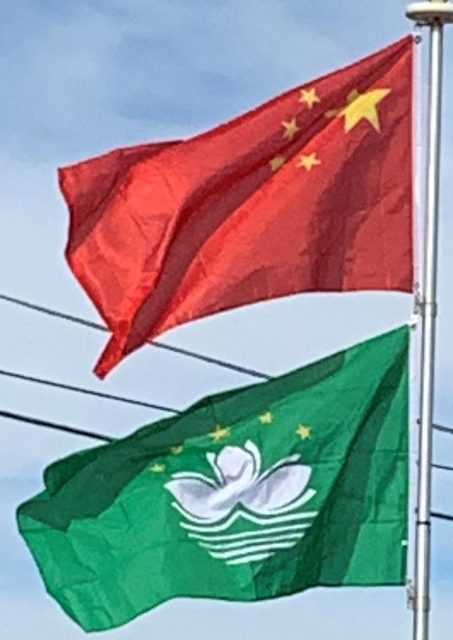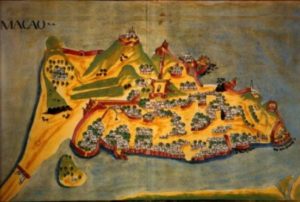
The initially small population of Portuguese merchants rapidly became a growing city. The Roman Catholic Diocese of Macau was created in 1576, and by 1583, the Senate had been established to handle municipal affairs for the growing settlement. Macau was at the peak of its prosperity as a major entrepôt during the late 16th century, providing a crucial connection in exporting Chinese silk to Japan during the Nanban trade period. Although the Portuguese were initially prohibited from fortifying Macau or stockpiling weapons, the Fortaleza do Monte was constructed in response to frequent Dutch naval incursions. The Dutch attempted to take the city in the 1622 Battle of Macau, but were repelled successfully by the Portuguese. Macau entered a period of decline in the 1640s following a series of catastrophic events for the burgeoning colony: Portuguese access to trade routes was irreparably severed when Japan halted trade in 1639, Portugal revolted against Spain in 1640, and Malacca fell to the Dutch in 1641.
Maritime trade with China was banned in 1644 following the Qing conquest under the Haijin policies and limited only to Macau on a lesser scale while the new dynasty focused on eliminating surviving Ming loyalists. While the Kangxi Emperor lifted the prohibition in 1684, China again restricted trade under the Canton System in 1757. Foreign ships were required to first stop at Macau before further proceeding to Canton. Qing authorities exercised a much greater role in governing the territory during this period; Chinese residents were subject to Qing courts and new construction had to be approved by the resident mandarin beginning in the 1740s. As the opium trade became more lucrative during the eighteenth century, Macau again became an important stopping point en route to China.
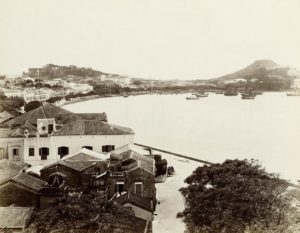
Following the First Opium War and establishment of Hong Kong, Macau lost its role as a major port. Firecracker and incense production, as well as tea and tobacco processing, were vital industries in the colony during this time. Portugal was able to capitalise on China’s post-war weakness and assert its sovereignty; the Governor of Macau began refusing to pay China annual land rent for the colony in the 1840s, and annexed Taipa and Coloane, in 1851 and 1864 respectively.
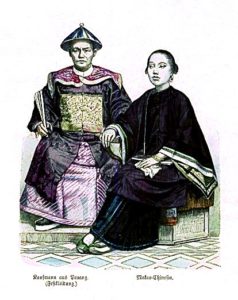
Portugal also occupied nearby Lapa and Montanha, but these would be returned to China by 1887, when perpetual occupation rights over Macau were formalized in the Sino-Portuguese Treaty of Peking. This agreement also prohibited Portugal from ceding Macau without Chinese approval. Despite occasional conflict between Cantonese authorities and the colonial government, Macau’s status remained unchanged through the republican revolutions of both Portugal in 1910 and China in 1911. The Kuomintang further affirmed Portuguese jurisdiction in Macau when the Treaty of Peking was renegotiated in 1928.
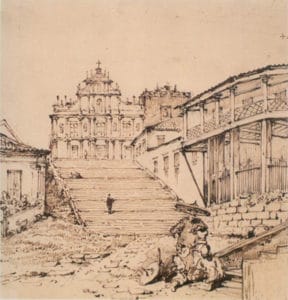
During the Second World War, the Empire of Japan did not occupy the colony and generally respected Portuguese neutrality in Macau. However, after Japanese troops captured a British cargo ship in Macau waters in 1943, Japan installed a group of government “advisors” as an alternative to military occupation. The territory largely avoided military action during the war except in 1945, when the United States ordered air raids on Macau after learning that the colonial government was preparing to sell aviation fuel to Japan. Portugal was later given over US$20 million in compensation for the damage in 1950.
